Annotations
General
Access to the annotations
You can access the annotations directly in the top panel:

And the annotation toolbar appears:

You can also access the annotations with a right-click on the document:
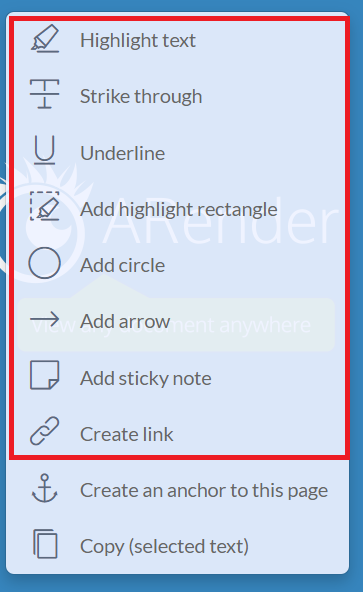
Save annotations
You can save your annotations by clicking on the “Save” button:

Show/hide annotations
You can show or hide an annotation by clicking on the “Show/Hide annotations” button:

Sticky note
Create a sticky note
To create a sticky note, you click on the following button:

or you can right-click on the document and choose “Add sticky note” in the menu:
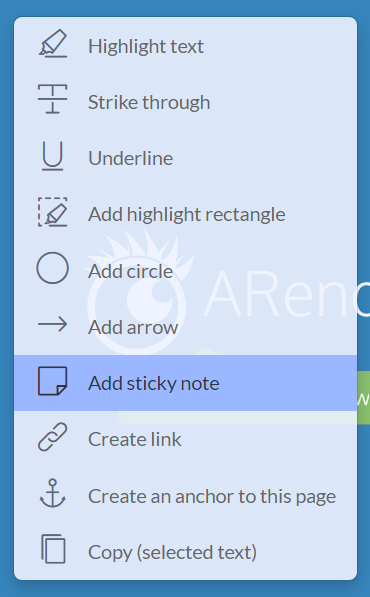
Then, you drag and drop your cursor on the document:
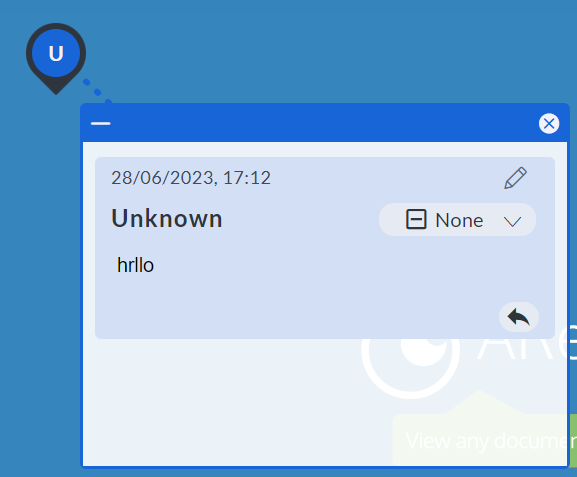
Customize a sticky note
To customize a sticky note, click on the pencil icon. You are in the edit mode, the annotation toolbar contains buttons for the sticky note modification:

To modify your sticky note text, you can write directly in the sticky note. To put your text in bold, italic or underlined, you click on these buttons:

You can choose the font and size of your text with these two drop-down lists:

You can change the text color and the background color by clicking on these buttons:

To move your sticky note, position your cursor on the sticky note header and drag and drop the sticky note:

When your changes are done, exit edit mode by clicking on this button:

Warning: Internet Explorer 8 forces some conditions on the formatting of rich text in webpages. In order for us to have the same visual restitution in all browser an empty line under Internet Explorer 8 must be done using shift+Enter.
See details about a sticky note
To see details about a sticky note, you click on it. Your are in the edit mode. In the annotation toolbar, you click on the “Details” button:

Annotation details appear in a pop-in:

To exit the pop-in, click anywhere in the document.
Remove a sticky note
To remove a sticky note, click on it to access the edit mode. In the annotation toolbar you click on the “Remove annotation” button:

Highlight rectangle
Create an highlight rectangle
To create an highlight rectangle, click on the following button:

or you can right-click on the document en choose “Add sticky note” in the menu:

then, you drag and drop your cursor on the area you wish to highlight:
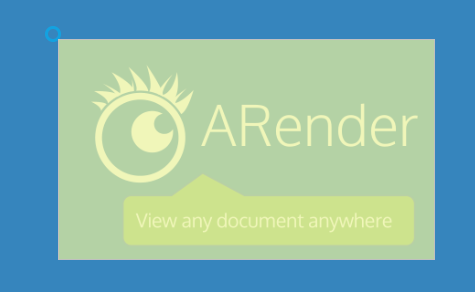
Customize an highlight rectangle
To customize an highlight rectangle, click on it. You are in the edit mode, the annotation toolbar contains buttons for the rectangle modification:

With the toolbar, you can:
- change the rectangle opacity (more information about sliders here).
- change the background color.
- see the details about the rectangle.
- remove the rectangle.
- stop the rectangle edition.
You can also move your rectangle: position your cursor on the rectangle and drag and drop it.
Remove an highlight rectangle
To remove an highlight rectangle, click on it to access the edit mode. Then, in the annotation toolbar, click on the “Remove annotation” button:

Arrow
Create an arrow
To create an arrow, click on the “Add arrow” button:

or you can right-click on the document and choose “Add arrow” in the menu:
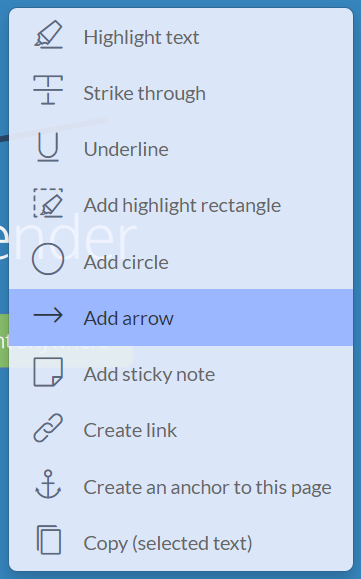
Customize an arrow
- Change arrow background color
You can change the arrow background color by clicking on the “Background color” button:

- Change arrow opacity
You can change arrow opacity by clicking on the cursor button:

- Change arrow size
You can change the arrow size by clicking on these buttons:

- Change arrow direction
The arrow direction can be changed by clicking on one of its ends (A red circle appears at the tip of the arrow and at its base). You can drag and drop the arrow on the page to move it.

See details about the arrow
To see details about the arrow, click on it. In the annotation toolbar, click on the “Details” button:

Highlight text
Create highlighted text
To create a highlighted text, select the text with the cursor. Then right-click and choose “Highlight Text” from the menu:

Edit highlighted text
You can remove some of the previously highlighted text. Select the text you want to remove the highlighting with the cursor. Then right-click and choose “Delete highlight” in the menu:

The rest of the text is always highlighted.

Delete highlighted text
To remove a highlighted text, select the text with the cursor then right-click and choose “Delete Highlight” in the menu.
Annotation creation by rules
The method of annotation creation by rules allows you to define rules that will be followed for the annotation creation. The annotations of type Strikethrough, Underline, Highlight, Redact or Redact Text are compatible with the creation by rules.
Rules can only be defined in configuration files.
It is possible with JavaScript to apply these rules. All the details on the configuration as well as examples of use can be found on the dedicated page.
Audio annotation
Configuration
Creation
To create an audio annotation, the following property must be set:
# Activate the sound annotation button
topPanel.annotationMenu.sound=true
Visibility
To display the sound annotation with media controls at opening, use the following property:
# If true, sound annotation will be displayed with media controls at creation
annotation.sound.show.controls.at.load=true
Audio duration
To change the maximum audio duration that can be recorded (in ms), use the following property:
# Define the time limitation (in ms) for the record of sound annotation
annotation.sound.record.time.limit=60000
If ARender is integrated into an HTML iframe tag then it must have the HTML attribute allow=“microphone” in the iframe tag itself.
For browser security reasons, use of the microphone is only possible with the HTTPS protocol or if ARender is deployed in localhost. Any other unsecured host is not supported by default. However, in a test scope, it is possible with the Chrome browser to add the Insecure origins treated as secure flag with the URL chrome://flags/
Create an audio annotation
To create an audio annotation, click on the following button:

then, click on the record audio button to start recording audio input corresponding to the microphone.

After recording, the audio can be stopped and played. The progress bar can be used to jump to a specific time of the audio.
The audio pin can be used to hide and move the audio annotation.
